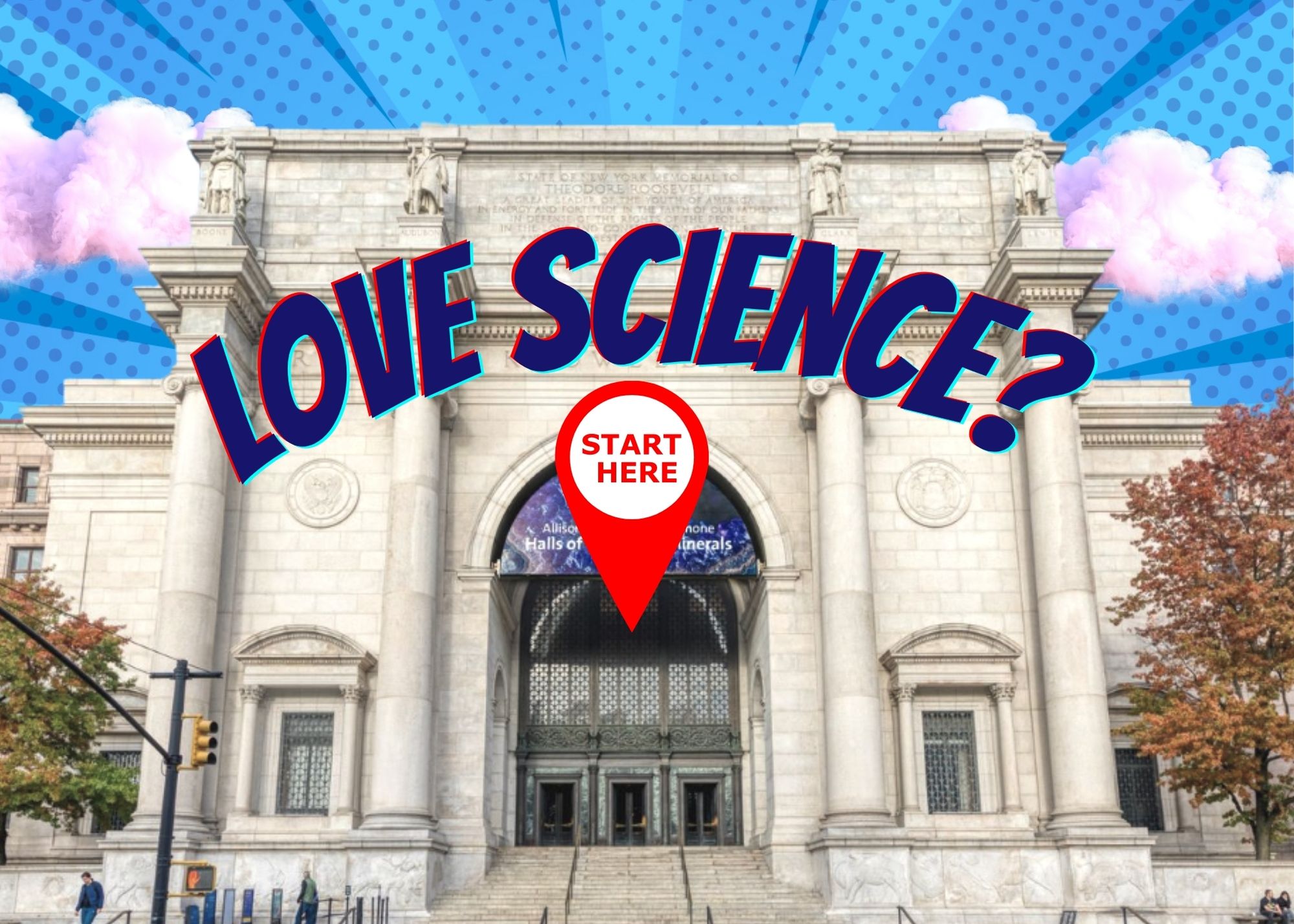Program Spotlight: The American Museum of Natural History – Science Research Mentoring Program
Q.: What do butterflies, machine learning, college prep, camping, world-class scientists, and New York City high school students have in common?
A.: You can find them all and more at a special program that teaches (and pays!) NYC teens to do cutting-edge scientific research at the American Museum of Natural History. No experience is required, and Hispanic and Latino/x students are especially encouraged to apply. ¡Wepa!
What is The American Museum of Natural History?
If you’re a teen who lives in the New York City metro area, you have access to one of the best science and nature museums in the U.S. — the American Museum of Natural History. Sitting on Central Park West in Manhattan, the Museum houses a mind-boggling (and mind-expanding) number of exhibits and collections that explore and explain the natural world we live in, our human origins and cultures, and the vastness of our solar system and the universe beyond. The whole place is seriously impressive, right down (or, actually, up) to the 94-foot-long model of a blue whale hanging in the Hall of Ocean Life — which, by the way, makes an awesome Insta background!
And don’t let cost keep you from visiting. While the Museum does require reserved online tickets to enter, anyone who lives in New York, New Jersey, or Connecticut can select a “Pay What You Wish” option if the regular ticket cost is more than you can afford.
Go Behind the Scenes (Literally) With the Science Research Mentoring Program
What if you could go beyond just visiting this amazing Museum and work behind the scenes with the Museum’s scientists on original (translation: never been done before) scientific research? And what if you could get paid to do it? If that sounds interesting, you need to check out the Museum’s Science Research Mentoring Program for NYC high school students!
No special experience is required — in fact, the whole point of this program is to teach teens about the world of scientific research and careers — especially teens from backgrounds that have traditionally been underrepresented in science research. You’ll learn everything you need to know along the way. All you need to bring is your curiosity and commitment!
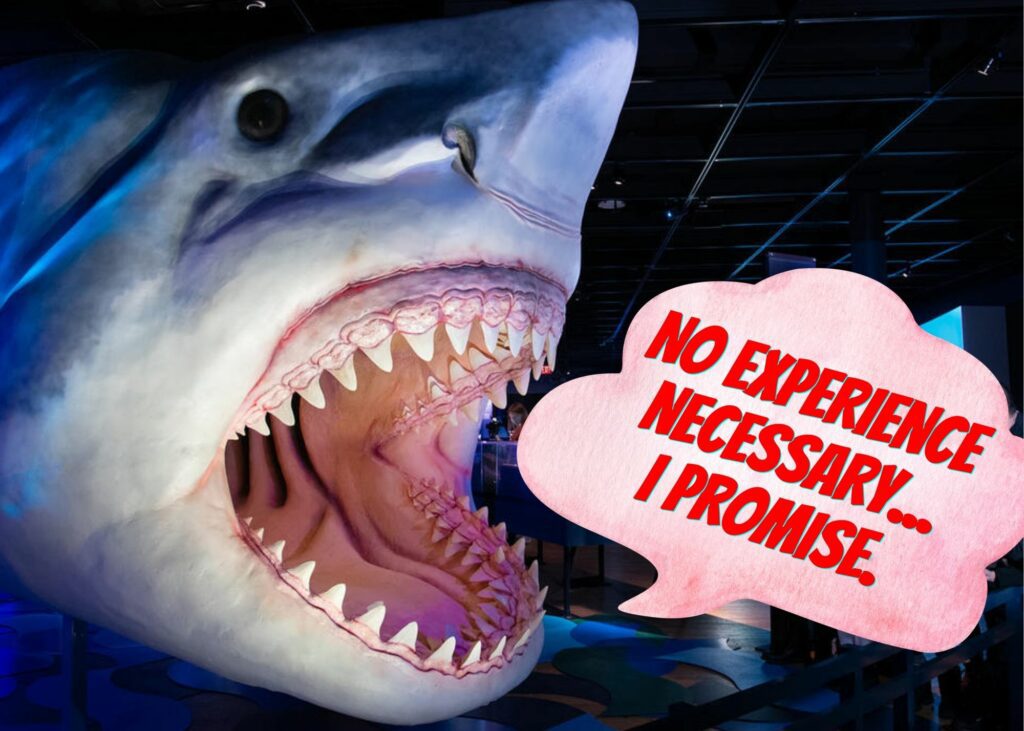
What is the Science Research Mentoring Program?
The Science Research Mentoring Program (SRMP) is a year-long program for NYC 10th and 11th graders. The program starts with a four-week Summer Institute in August, continues with active research during the academic school year from September through May, and ends with a Colloquium in June, where the students present the results of their research. Maria Strangas, Assistant Director of Science Research Experiences at the Museum, explained to Lateenz that the ideal applicant for SRMP is a student who is “passionate about learning, wants to develop new skills, and doesn’t already have research experience.”
The Summer Institute (August – 4 Weeks)
In the August Summer Institute, SRMP students spend three weeks in a classroom setting from 10 a.m. – 4 p.m. This part of the program is intended as a “jumpstart” and covers the principles of the scientific method (how scientists conduct research and experiments). In the remaining week, the students take a five-day trip to Black Rock Forest, a 3,920-acre nature preserve and research station 60 miles north of New York City. During the day, the students do scientific field research in the forest with SRMP staff that involves activities like catching turtles (for counting and measurement) and looking at the night sky to learn about astronomy. At night, the students and staff hang out together in the Black Rock Forest Lodge, getting to know each other and helping with meals. It’s just one example of the way that SRMP blends science and social connection for teens.
The Research Experience (September – May/Early June)
During the school year, students meet twice a week (outside school hours) in small groups of 2 to 3 to work on a unique research project under the mentorship of a scientist affiliated with the Museum. According to Ms. Strangas, students typically can choose among at least 20 different projects, each with a different area of scientific focus. The goal of each project is to answer an “authentic research question” — which means that students help uncover important new information about the natural world!
Here is just a sample of projects that SRMP students have worked on in the past:
- The rapid and advanced detection of aquatic invasive species that threaten upstate New York’s natural resources, economy, and human health.
- Differences in the molecular composition of spider silk among types of spiders.
- Documenting and describing species of geckos in Madagascar that are completely unknown to science.
- How the snake skull evolves across species living in similar ecological niches.
- How climate change is affecting infectious disease and culture across East Africa and the South Pacific.
By working on their projects, SRMP students learn a wide range of new skills, like preparing DNA in the lab, analyzing data from telescopes, reading scientific articles, and learning to code in different programming languages like Python and R.
SRMP students also attend monthly advisory sessions where they learn about careers in science, practice their presentation skills, and listen to lectures by guest speakers on a variety of science-related topics.
SRMP Colloquium (Early June)
At the end of the program, each student prepares a scientific poster about their research and makes an oral presentation. Parents, teachers, friends, mentors, and Museum staff are all welcome to attend this event.
What Do SRMP Students Have to Say?
Don’t just take it from us! Current students describe their experience at SRMP as enriching and rewarding:
Ashanti, 11th Grade
“As a first-generation Mexican-American girl, I’ve learned things that expand my knowledge and passion of science. I learned how to pin, preserve, and prepare insects for exhibition and research. I can use these skills as a hobby and to explore my own goals. I learned how to use R (a coding language) and QGIS (a geographic information system). These programs collect data needed for my research on dragonflies in Australia. I will do DNA extractions and niche modeling with the information I gather. I have also learned college tips and techniques and how to become and help others be confident and comfortable working in the field.”
Alyanna, 11th Grade
“During my time in SRMP, I have learned a lot about machine learning and how it affects one’s everyday life. SRMP has made me realize how much humans are dependent on technology. On apps like TikTok, the algorithm adjusts to what we like, what we add to our favorites, and what we remove from our feed. Our phones are also able to adapt to certain apps that we use throughout the day. For example, my iPhone shows me “Siri Suggestions,” while at the bottom of android phones you can see the most recently used apps on the phone. It’s cool to see how much technology has been ingrained into the things we use without us even realizing it.”
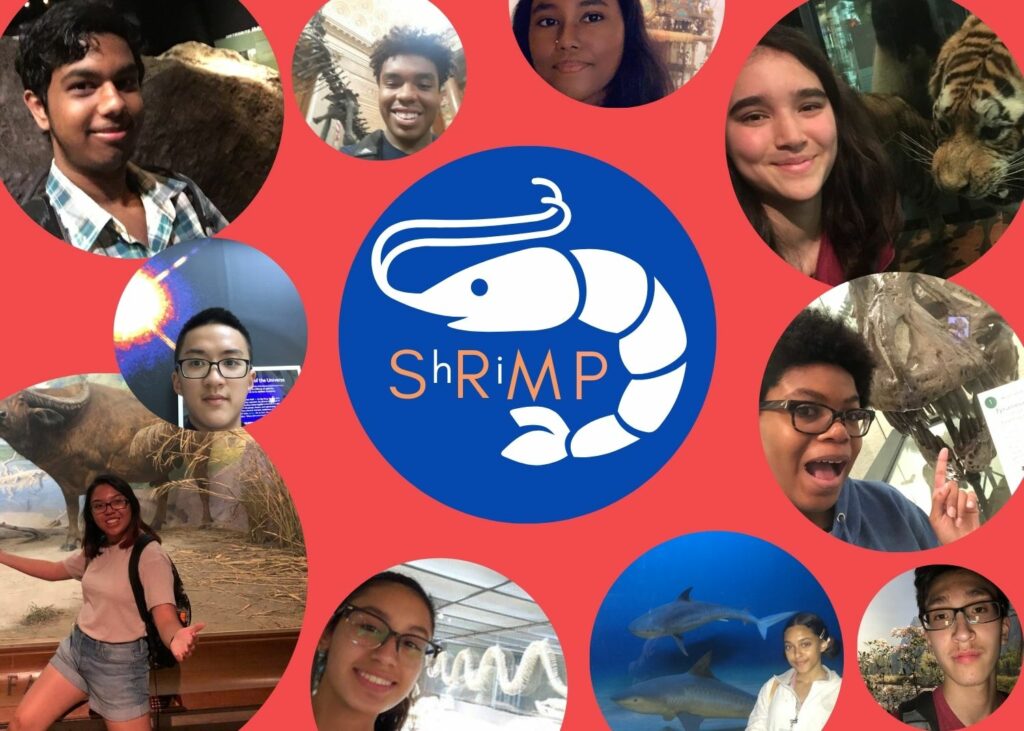
The “Secret Salsa” of SRMP is Community!
In addition to all they have learned in SRMP, both Ashanti and Alyanna especially enjoy the relationships they have formed with their mentors and the other students in the program. Ashanti appreciates that she “was able to create and grow bonds with peers that extend outside of the Museum’s walls. Everyone is unique and contrasts with each other in ways I have never seen before, but we all share one passion, which is being in science.” For Alyanna, “the best part has been meeting so many new people. It’s so amazing that I am able to be part of such an accepting community. One of the best moments was when I was cleaning the kitchen at the Black Rock Forest Lodge with some fellow SRMPers, and we all started dancing to bachata and salsa music.”
Other Benefit$
But wait, there’s more! Students in the SRMP program also:
- Get an award of $1,000 when they complete their research and meet program requirements;
- Get career and college readiness help, including a free Kaplan SAT or ACT preparation course; and
- Attend special events at the Museum and join the Museum’s professional community.
Who Can Apply to the Science Research Mentoring Program?
To apply to SRMP you must:
- be in the 10th or 11th Grade and passing your classes for the last three or more semesters; AND
- EITHER attend one of the Museum’s partner high schools or programs OR have participated in and completed one course at the Museum in the Science Alliance Program or the Science and Nature Program.
The Museum particularly encourages students who self-identify as Black, Latino/x, Indigenous, and/or first-generation college-bound to apply.
If you would like to join the Museum’s mailing list to learn about its other programs for middle and high school students, click here.
Before You Go . . . Check Out Other Amazing Programs in Lateenz
In addition to SMPR, Lateenz features a huge number of programs, internships, competitions/awards, and scholarships in our Teen Resources section. And we have a great search engine that makes it super easy to find an opportunity that’s right for you! So — ¡Ándale! and check them out right now.
Related articles
-
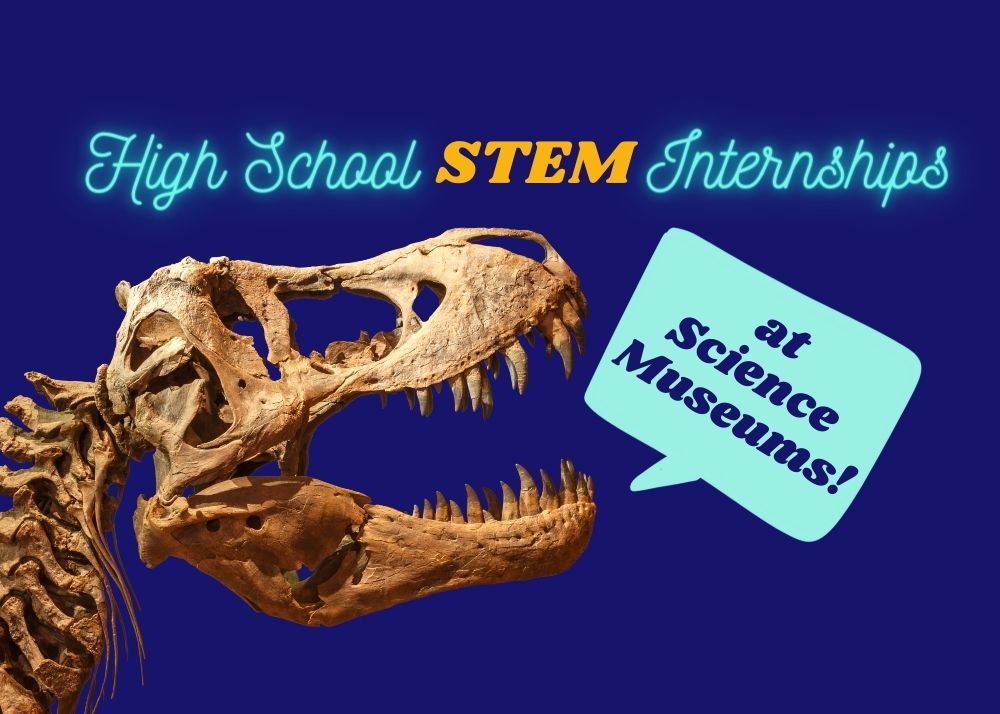 Student LifeSTEM Internships for High School Students at Science MuseumsJanuary 06
Student LifeSTEM Internships for High School Students at Science MuseumsJanuary 06 -
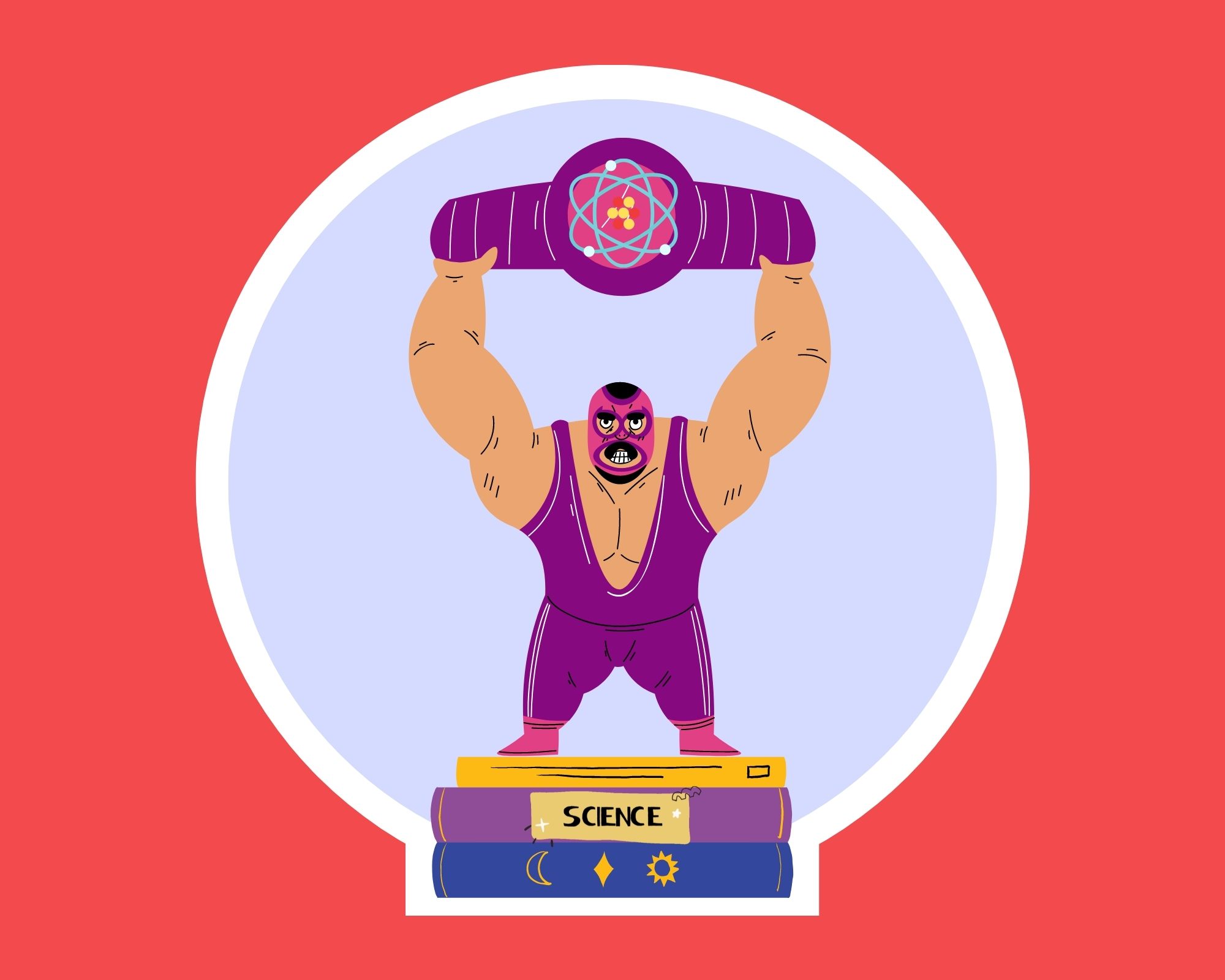 Student LifeHigh School Science Competitions: How to Enter and WinNovember 09
Student LifeHigh School Science Competitions: How to Enter and WinNovember 09 -
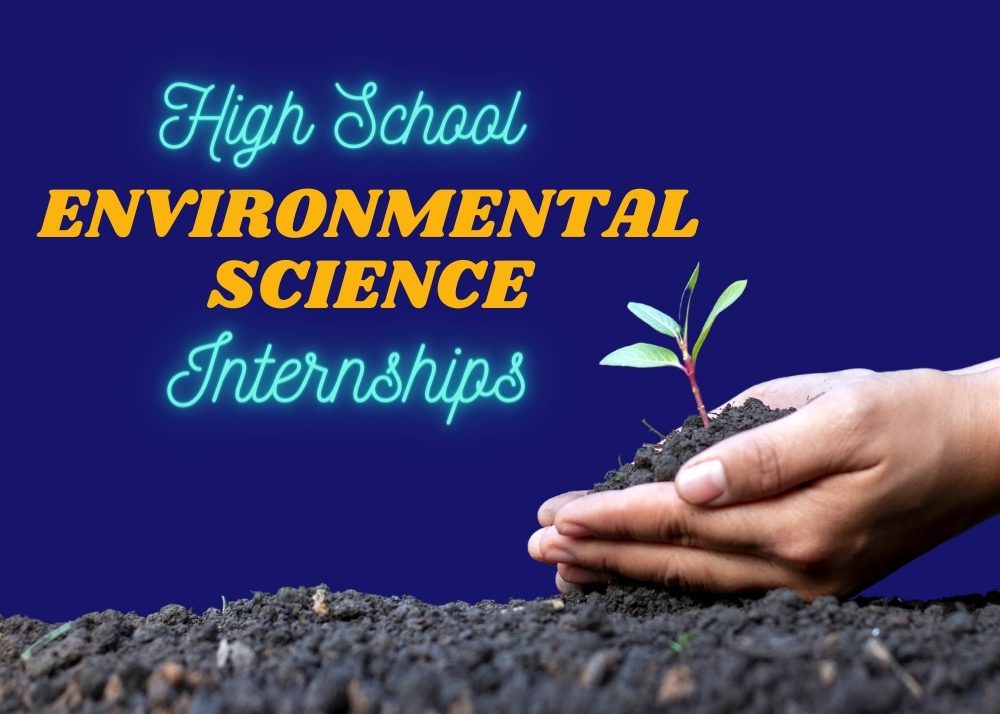 Student Life45+ Exciting Environmental Science Internships for High School StudentsOctober 18
Student Life45+ Exciting Environmental Science Internships for High School StudentsOctober 18 -
 Student LifeUltimate Guide to High School InternshipsOctober 05
Student LifeUltimate Guide to High School InternshipsOctober 05 -
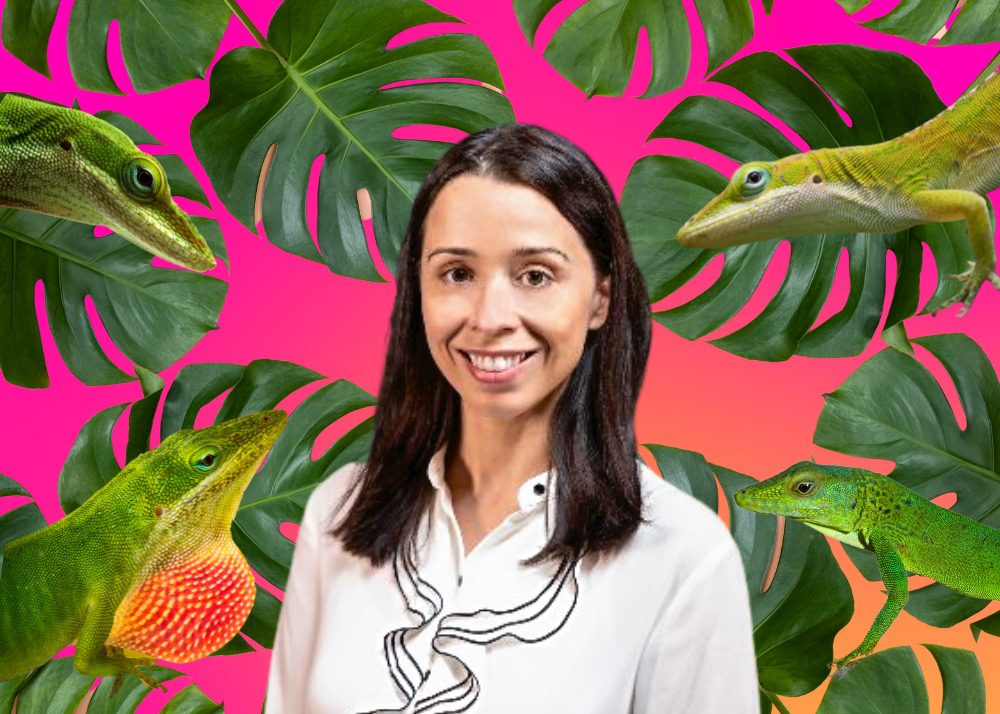 Info / InspirationInterview: The Evolution of Martha MuñozDecember 14
Info / InspirationInterview: The Evolution of Martha MuñozDecember 14
Most popular
-
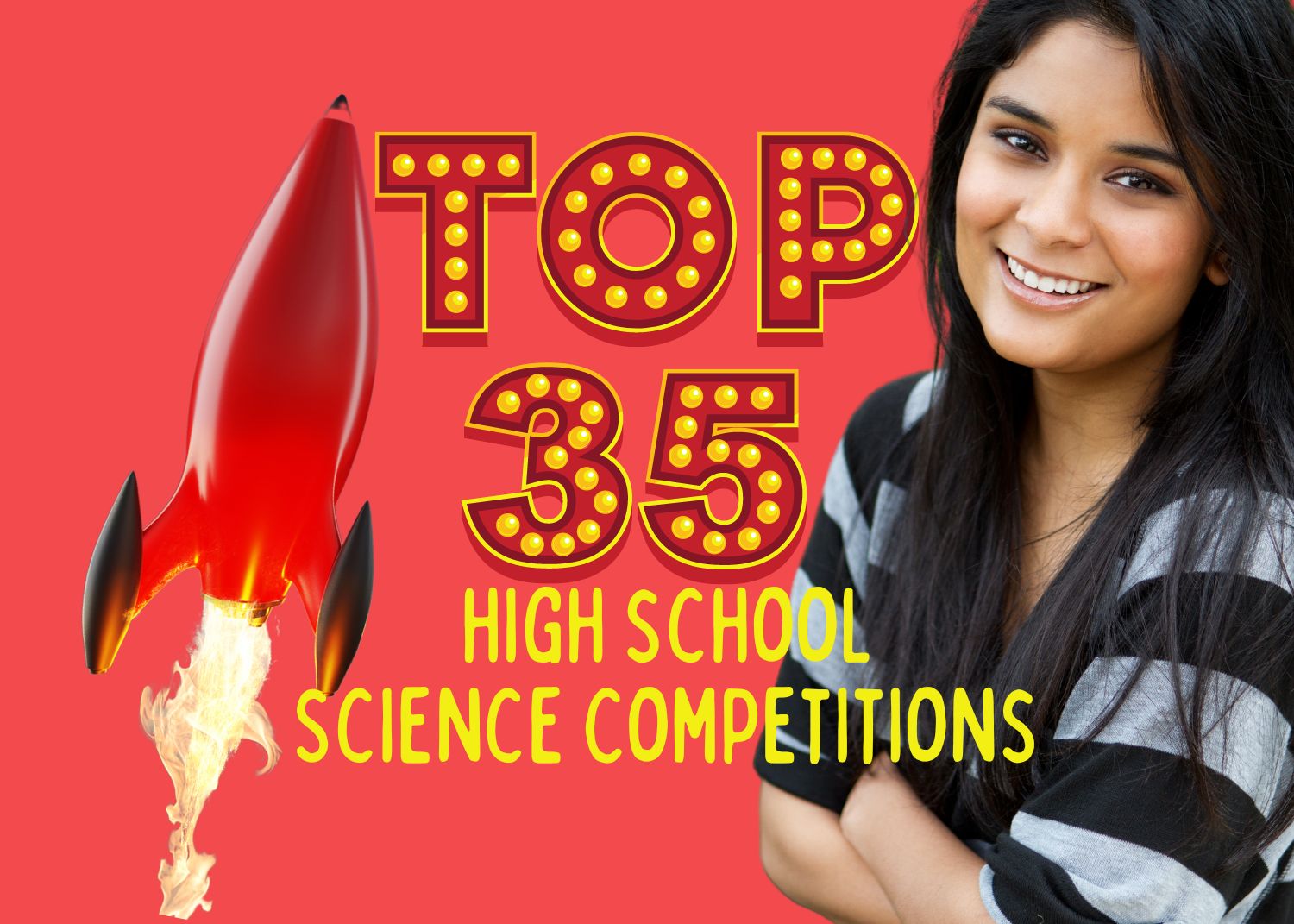 Student Life35 Top Science Competitions for High School StudentsJanuary 31
Student Life35 Top Science Competitions for High School StudentsJanuary 31 -
 Info / InspirationVoto Para La Mujer Quarter is a Major “Change”!July 29
Info / InspirationVoto Para La Mujer Quarter is a Major “Change”!July 29 -
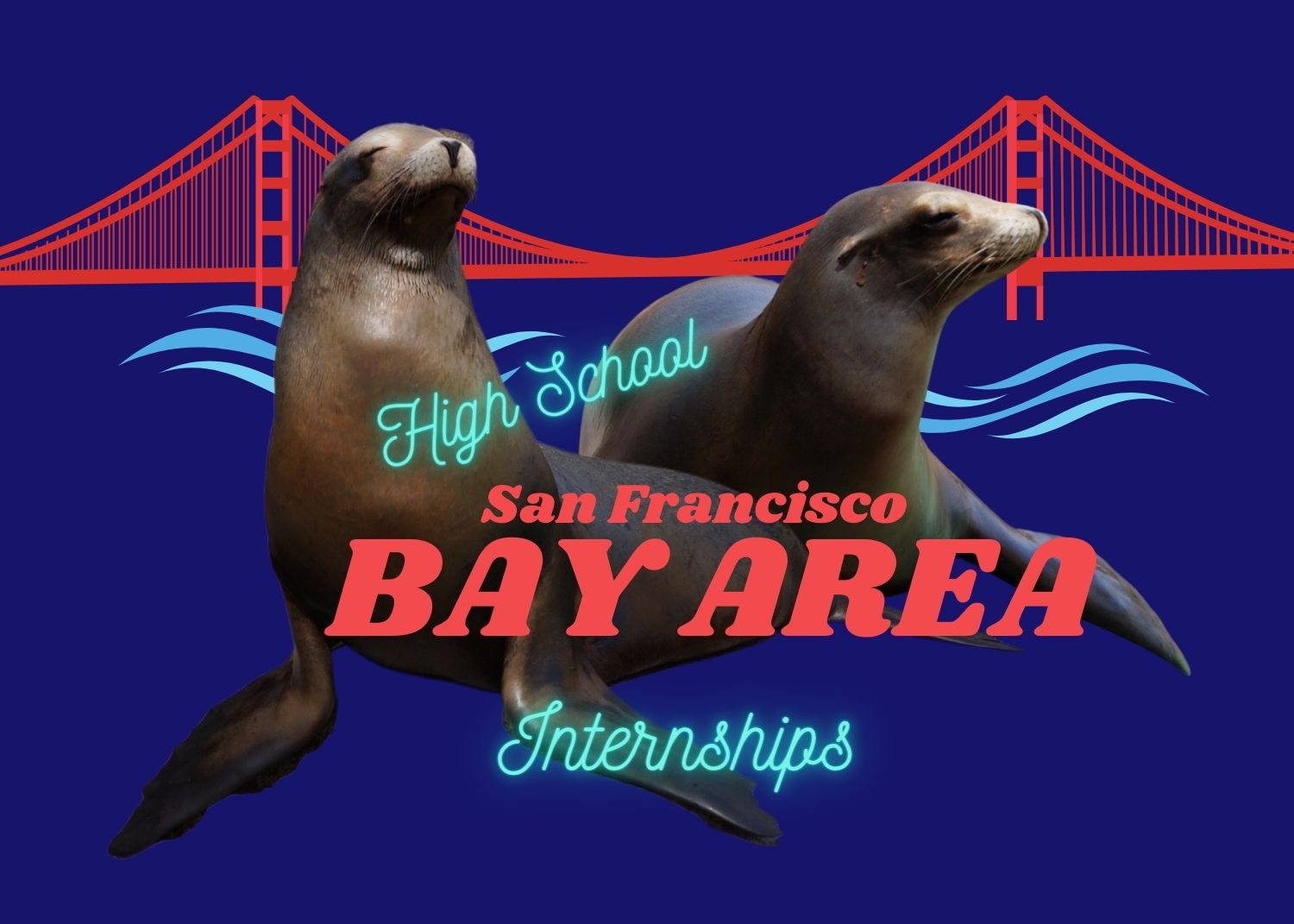 Student Life35+ High School Internships in the Bay AreaJanuary 22
Student Life35+ High School Internships in the Bay AreaJanuary 22 -
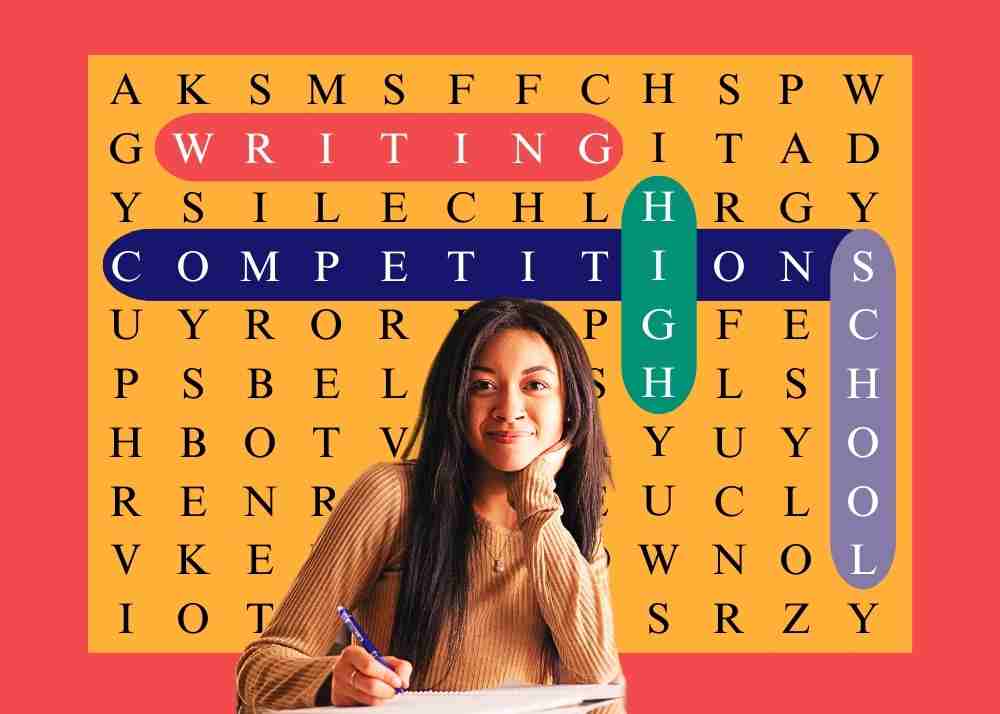 Student Life90+ Best Writing Competitions for High School StudentsApril 13
Student Life90+ Best Writing Competitions for High School StudentsApril 13 -
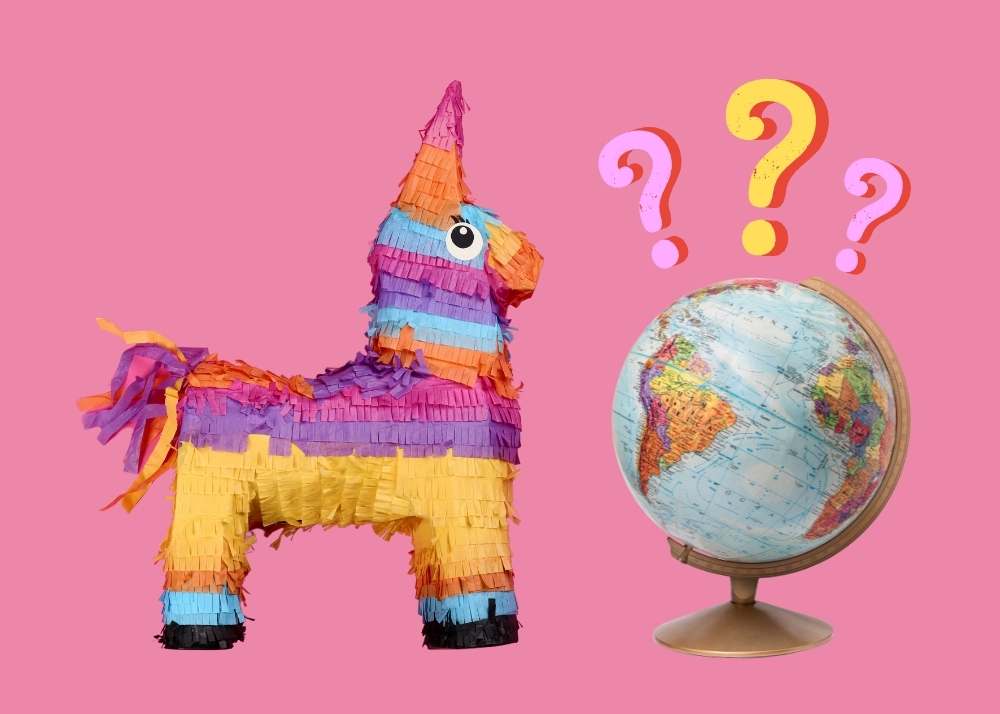 CultureA Smashing Success: The Surprising History of the Piñata in Latino/x CultureSeptember 27
CultureA Smashing Success: The Surprising History of the Piñata in Latino/x CultureSeptember 27

